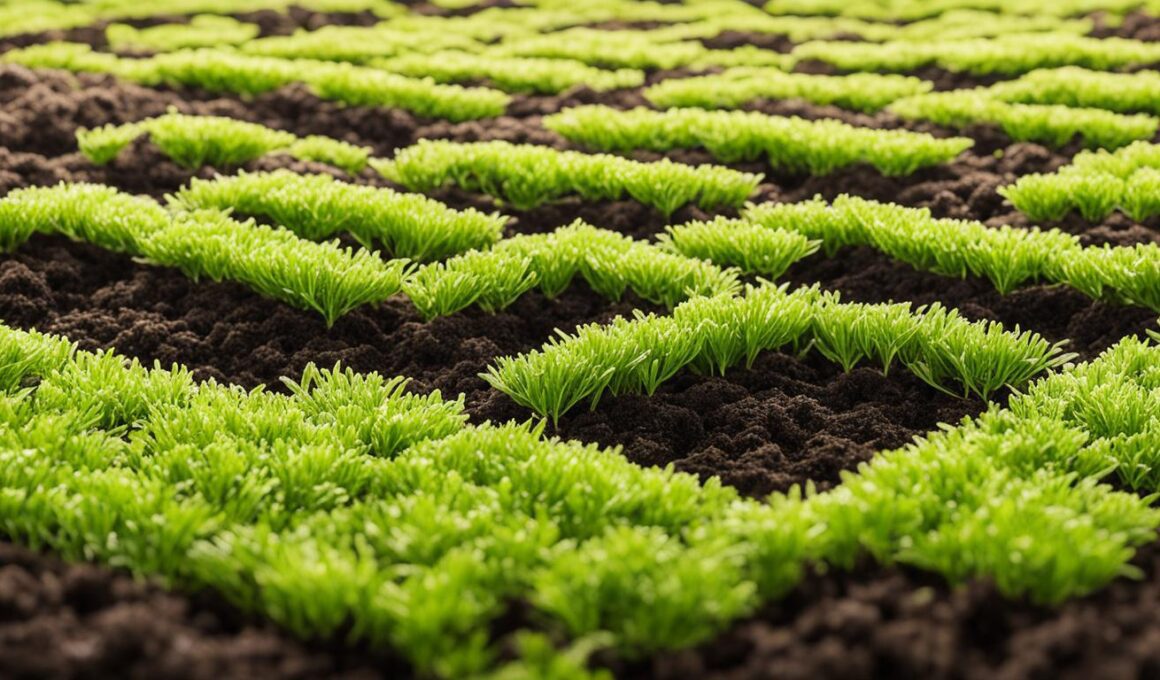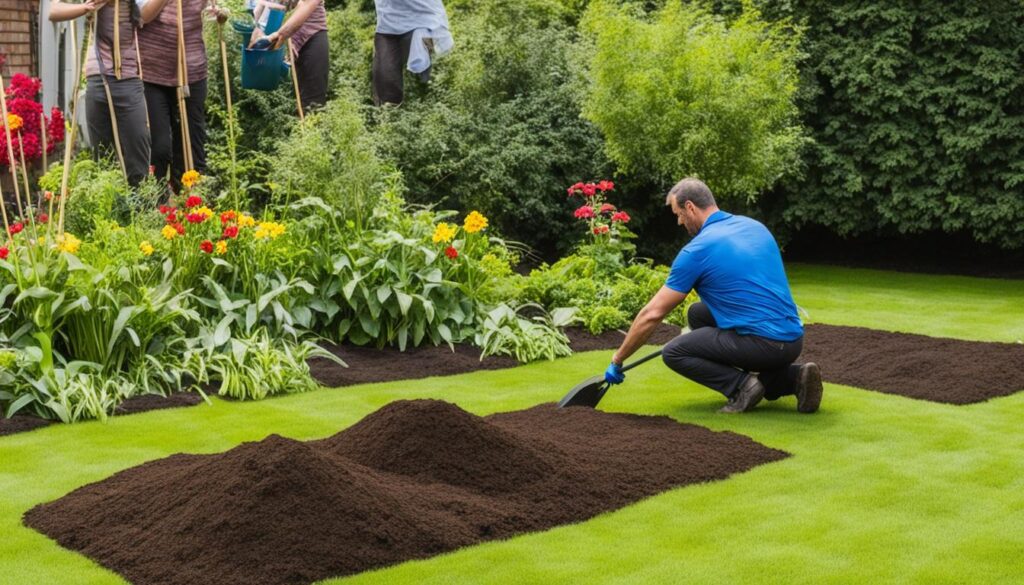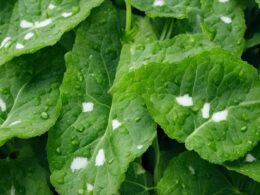Welcome to our article on peat moss and grass seed, where we will explore how this powerful combination can transform your lawn. If you’re looking for helpful lawn tips to achieve a beautiful and healthy lawn, you’ve come to the right place. Peat moss is a fantastic choice for enhancing your grass seed’s growth, providing numerous benefits that will make your neighbors green with envy.
Peat moss, often available at garden centers, plays a crucial role in creating well-drained soil, retaining water, and allowing oxygen to reach the plant’s root system. Not only does it protect the grass seeds from being washed away, but it also prevents them from drying out and adds beneficial nutrients to the soil. With the right technique, you can achieve a lush, vibrant lawn that will be the envy of the neighborhood.
In the sections to follow, we will guide you through the necessary steps to prepare your lawn for peat moss and grass seed, as well as how to apply them effectively. Whether you’re starting from scratch or rejuvenating an existing lawn, our comprehensive lawn tips will provide you with all the information you need for successful results. Get ready to enjoy a healthier, greener, and more enjoyable outdoor space with peat moss over grass seed.
How to Prepare the Lawn for Peat Moss Over Grass Seed
Before applying peat moss over grass seed, it is essential to prepare the lawn properly. Follow these steps to ensure successful results:
- Remove any weeds, rocks, and debris from the soil using a garden rake or shovel. This will create a clean and even surface for planting.
- If you have previously used a chemical weed killer, wait for two to three weeks before planting the grass seed. This will allow any residual chemicals to dissipate and minimize the risk of seed damage.
- If you are starting with a new lawn, consider tilling the top 6 inches of soil. This helps to loosen compacted soil and improves the seed’s access to vital nutrients and moisture.
- Once the soil is prepared, spread the grass seed evenly over the intended area. Use a broadcast spreader or your hands to ensure even coverage.
- Add a starter fertilizer to the soil. This will provide essential nutrients for the seedlings’ initial growth and help establish a healthy root system.
- Lightly dampen the seeded area with a water sprayer set on mist to prevent the seeds from being washed away. Be careful not to oversaturate the soil, as this may hinder germination.
By following these steps, you will create an optimal environment for your grass seed and peat moss to thrive.
How to Apply Peat Moss Over Grass Seed
When it comes to applying peat moss over grass seed, timing and proper techniques are key. Whether you’re starting a new lawn or overseeding an existing one, following these steps will help ensure optimal results.
1. Planting the Grass Seed: Before applying peat moss, it’s important to have properly planted the grass seed. Ensure the seeds are spread evenly over the intended area.
2. Applying Peat Moss: Spread the peat moss over the seeded area, covering it with about a 1/4 inch layer of moss. This will help protect the seeds and provide the necessary environment for germination.
3. Watering: Immediately after applying the peat moss, lightly water it using a water sprayer set on mist. This will ensure that the peat moss is moistened and helps the seeds germinate.
4. Continued Watering: It’s essential to continue watering the peat moss twice a day until the grass seedlings reach a height of 1/2 inch. This will help the seeds establish and grow. After that, reduce the watering frequency to every few days as needed.
5. Benefits of Peat Moss: Peat moss not only helps hold moisture in the soil but also provides visual cues for dry spots when watering. It aids in the germination of grass seeds and contributes to healthy root development.
Properly applying peat moss over grass seed ensures that the seeds have the best chance of germination and establishment. With regular watering and monitoring, you can soon enjoy a lush and vibrant lawn.
Conclusion
The use of peat moss over grass seed can have a transformative effect on the growth and health of your lawn. By incorporating peat moss into your lawn care routine, you are providing your grass with the ideal conditions for thriving. Peat moss helps create well-drained soil, preventing waterlogging and ensuring that excess water doesn’t suffocate the roots. Additionally, it retains moisture, allowing your grass to stay hydrated even during dry periods.
Moreover, peat moss provides beneficial nutrients to the soil, supplying essential elements that support the growth and development of grass. This natural amendment enriches the soil, encouraging healthy root growth and lush greenery. By optimizing the soil composition, peat moss over grass seed fosters the establishment of a vibrant lawn.
To achieve optimal results, it is crucial to follow the proper preparation and application techniques. Removing any coverings, such as straw, that may hinder the growth of new grass seedlings is essential. By adhering to these guidelines and incorporating peat moss into your lawn care routine, you can revel in the beauty of a flourishing and envy-worthy lawn.
– Can Using Peat Moss Instead of Straw Enhance Grass Seed Growth?
When seeding grass, using peat moss instead of straw can enhance growth. Peat moss holds moisture and provides a good environment for seeds to germinate. It also acts as an insulator. However, peat moss is more expensive than straw, so consider the amount of straw for seeding grass versus the benefits of using peat moss.










